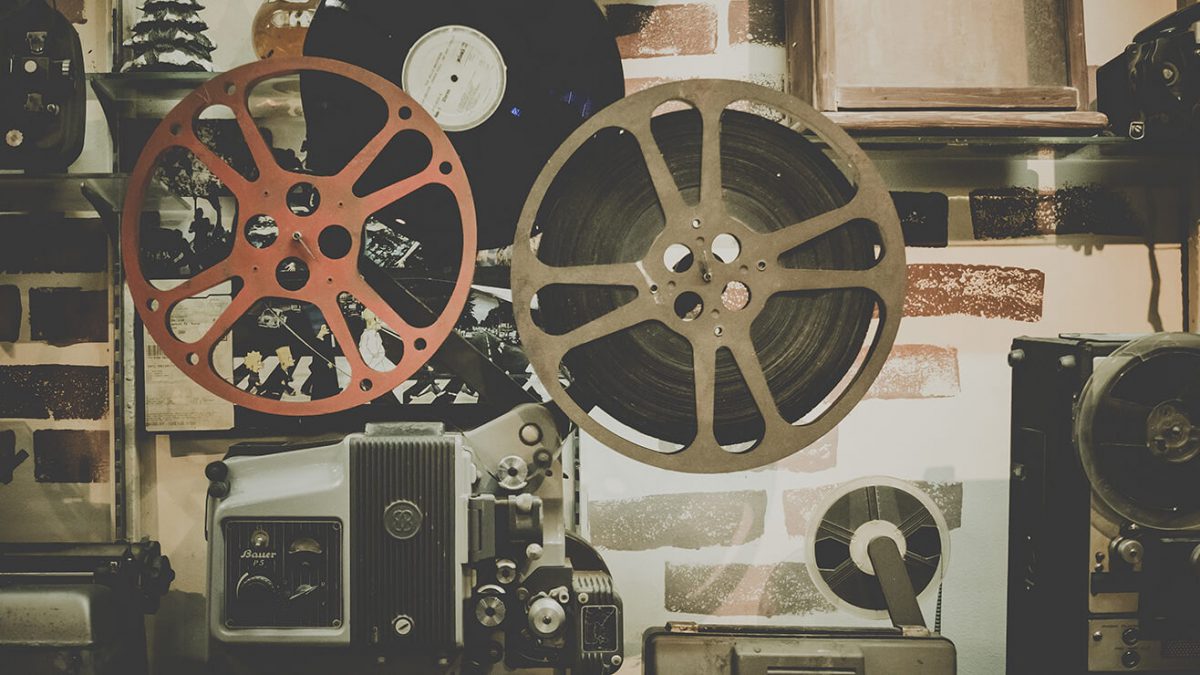Ever been on a shoot that seemed to just drag on and on? Or pack up your gear and hit the road, only to realize you forgot a line? Retakes and mistakes can be a real time suck if you’re not careful. The estimated time to create a video can even be a deterrent for getting started in the first place!
Here are our top tips for making sure your next shoot is streamlined and efficient, saving you time and money.
1. Scout Carefully
If your location is unexpectedly noisy, the lighting is bad, or it’s just not right for the shots you’re trying to get, it can completely ruin your shoot. Ideally, do a full walk-through of the space where you’ll be filming in advance so you can ensure there won’t be any surprises on the big day.
This means wearing headphones and taking some practice shots to ensure there are no strange background hums that are hard to fix in post. It also means checking the weather, and different lighting sources to make sure you’ll have everything you need the day of. You might want to bring some electrical tape to mark the ground where you’ll want your subject to stand, or where you’ll have the camera positioned.
Can’t get onsite? Try to do as much visual research on the space as possible. Use Google Images, Flickr, or YouTube to see if you can get a sneak peak of where you’ll be shooting to eliminate any obvious variables that would otherwise derail your shoot.
Using multiple locations? Pick places that are easy to get to or in close proximity to each other, or be sure to factor plenty of time into setup and breakdown in between shoots, not to mention travel time to the next location.
2. Stay Setup
If you are filming in a location where you are likely to film again in the near future, consider leaving your gear in place, ready to roll. Obviously, this is only a good idea for home studios or similar secure locations. This can be a big time saver because nothing kills the creative spirit like tangled cords and leveling a tripod.
Can’t leave your stuff out? No problem. This concept applies to keeping your gear neat and tidy as well. Use twisty ties or rubber bands to keep your cords organized, always recharge your batteries after use, and invest in a sturdy carry case with enough room for all your kit so everything lives in one place.
3. Make a Checklist
Don’t underestimate the power of a simple checklist. Back in 2009, an eight year long study showed that surgeons who implemented a simple checklist, with such basic reminders as introducing themselves to other members of the surgical team, reduced the average patient death rate by 40%!
Since we’re talking about video, this simple habit might not save lives, but it can save your shoot. Checklists can be used to make sure you got all the shots you need, or that you brought all the right gear, among many other uses.
4. Shoot B-Roll
Even if it’s just on an iPhone, try to setup a second camera angle for your shoot. Referred to as b-roll, this footage serves to mix up the shot, cover parts of the video where your primary camera didn’t quite get what you were going for, or to streamline the editing process by allowing you hide a cut by switching the angle.
Not only will this result in a higher quality, more professional video, it also serves as a fail safe in case something goes wrong with your main camera during your shoot.
5. Record Audio Separately
Recording audio separately can be taken to mean a few different things. You can use microphones and a recording device other than the built-in option on your camera, or record everything in a totally different location with more optimal acoustics and soundproofing.
Recording audio in a different location from your shoot can allow you to avoid common pitfalls in post production, like that background noise you didn’t notice until it was on camera. This works best for videos with voiceovers, but can be used creatively in other contexts as well. Similar to b-roll, recording some (or all) of your audio tracks separately gives you greater control over the final product.
6. Use a Soundtrack
If you didn’t follow number five, you’ll probably want to incorporate some background music for your video. Not only can this liven things up and set the mood for your video, it also can cover up unwanted noises you accidentally picked up on set.
7. Record an Extra 20+ Seconds
Start recording a little before the action starts, and when the scene is over, keep rolling for an additional 20-30 seconds. This buffer serves to ensure you’ll have enough footage to trim your shots the way you want, and to use different transitions between scenes without it looking off.
8. Write a Script
Don’t assume you can wing it. Writing a script in advance allows you to also plan out the shots you need, the props and costumes you’ll want on hand, and ensures you won’t accidentally leave an important moment out of your shoot. Even a simple bulleted list of the points you need to cover will help reduce the risk you’ll forget something important when filming.
9. Storyboard Your Shots
The time it takes to properly storyboard your video will pay dividends down the road because it enables you to plan your shots in a non-sequential order. Most people think through their script sequentially because that’s how it’s written, and wind up shooting in temporal order, which might not be optimal from an efficiency perspective.
Label each shot you know you need to get according to either the location, the camera angle, or the lighting setup you want to use (or all three). Then, group them together based on whichever factor is most important to your shoot to ensure that you are getting all the shots you need when everything is all setup. This will avoid time wasted recreating the setting, changing camera angles, traveling back to a location, or waiting until a specific time of day to get a certain shot.
10. Use Stock Footage or Stills
Sometimes, it’s worth it to do things the hard way. Other times, you really need those extra hours of beauty sleep. You don’t have to get every shot yourself. You can find a wealth of stock footage online that is either free or relatively inexpensive.
What are your tricks for keeping your eyes on the prize when producing videos? Anything you’d like to add to this list? Let us know in the comments if so!








